Recalibrating how safety managers can effect change in their organizations.
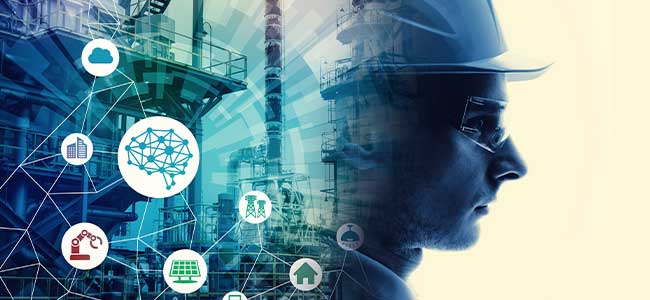
Three common myths about putting wearables to work in your health and safety program.
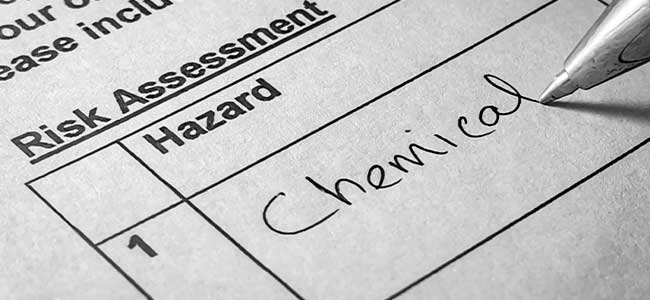
There are multiple benefits of hazard communication training. What are they and how do you get started?
Persistence is a critical leadership attribute — but not when it comes to those nagging injuries that continue to drag down safety performance and culture and adversely impact workers and workloads.
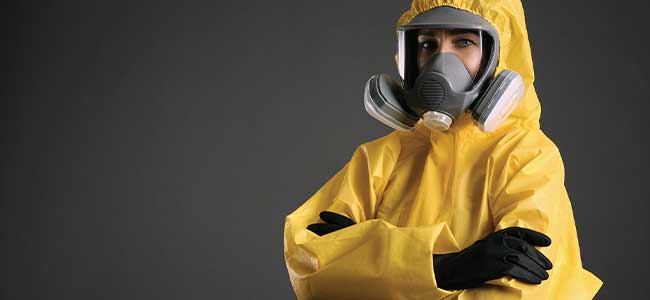
An OSHA initiative means employers who use hazardous chemicals in the workplace should start preparing to update their hazard communication training programs. Who needs training, what are the elements of training, and how do you make an effective program?
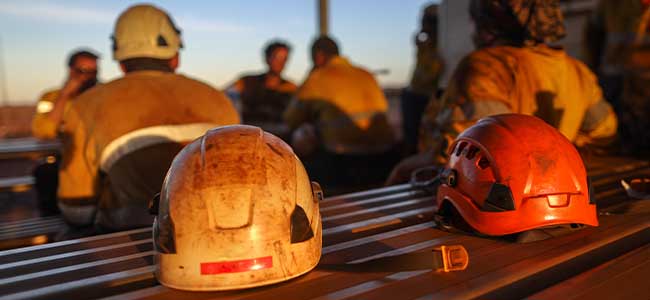
How do companies prevent TBIs on the job and what are the steps to take should an accident occur on a construction site?
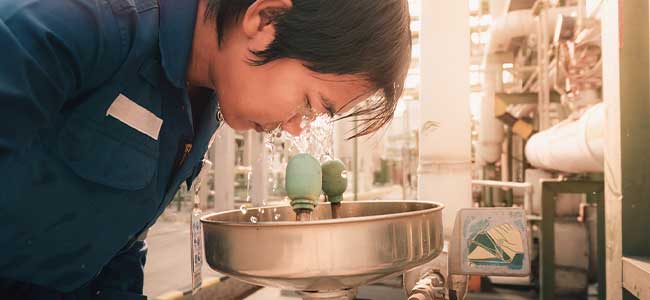
Emergency eyewash stations are central to the safety of everyone around them. What are some key innovations to eyewash stations, and how do companies ensure proper usage?
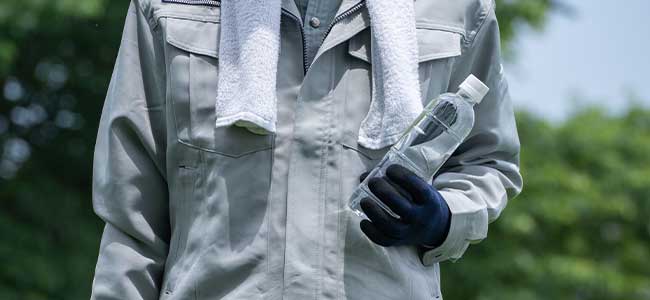
These 3 types of health screenings are key for injury prevention and improved employee health outcomes.
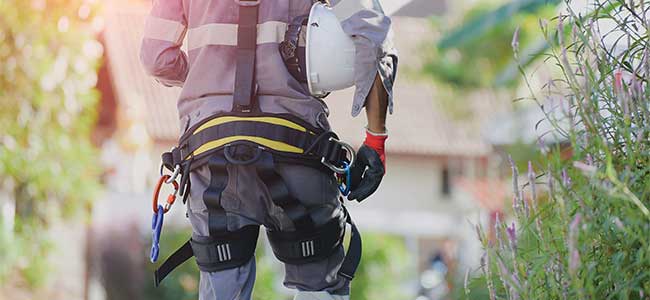
There have been lots of innovations when it comes to protecting workers from falls, but how can today’s safety eyewear help prevent fall-related injuries?
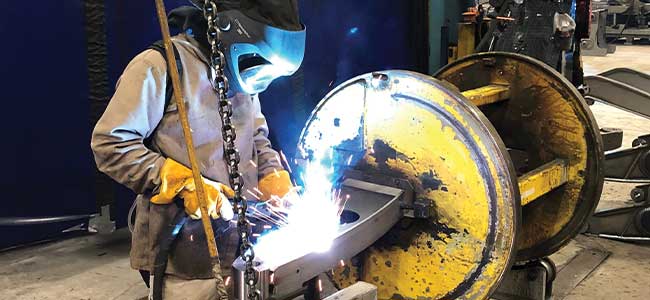
A solid respiratory protection program includes understanding the hazards, having the right types of respirators and filters or cartridges, and ensuring workers know how to use and maintain them properly.

New advancements in gamification, automation and behavior rewarding deliver stronger accident reduction.
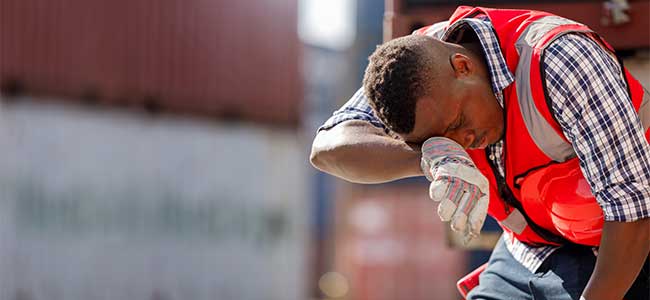
Heat stress is a real threat—but you can prevent it by taking some key steps.
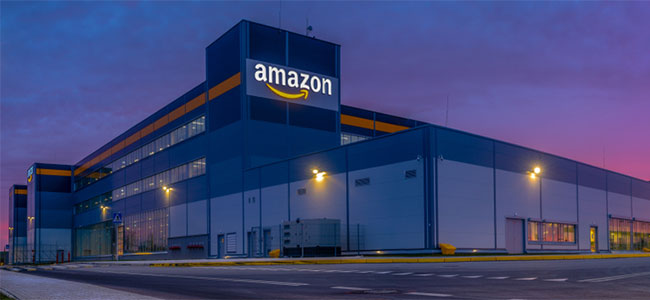
The trial follows two years of investigation by state OSHA officials.
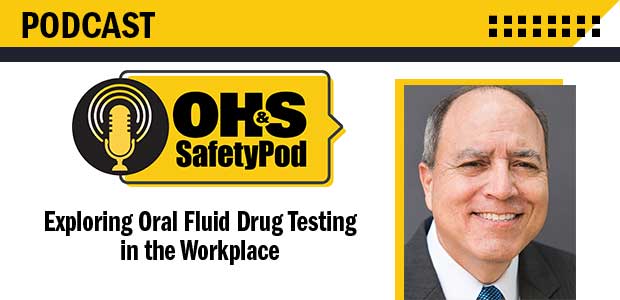
In light of a recently announced final rule from the DOT, let's dive into the topic of oral fluid drug testing with industry expert Bill Current.

The violations pertain to more than 80 workers under the age of 18.